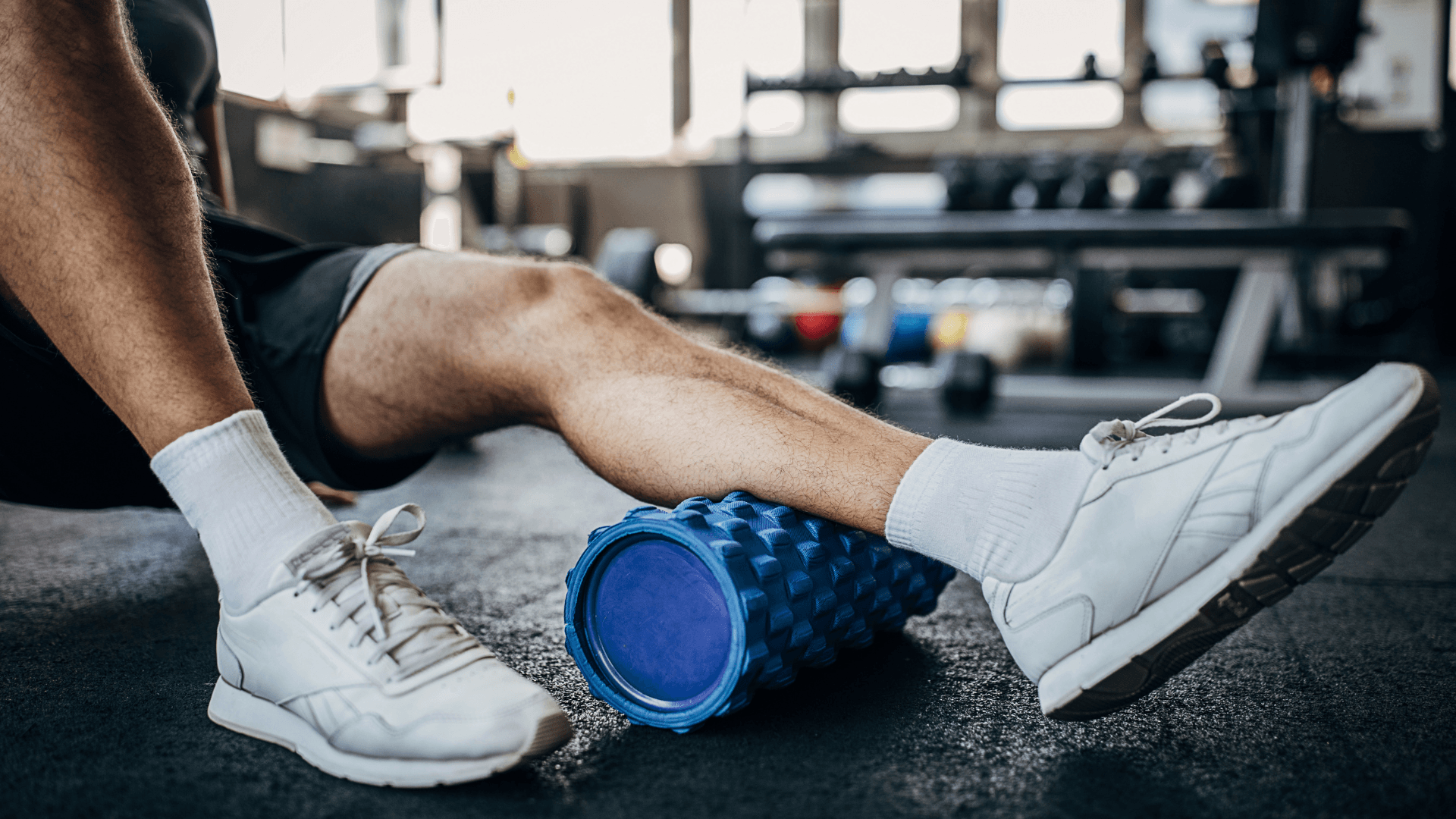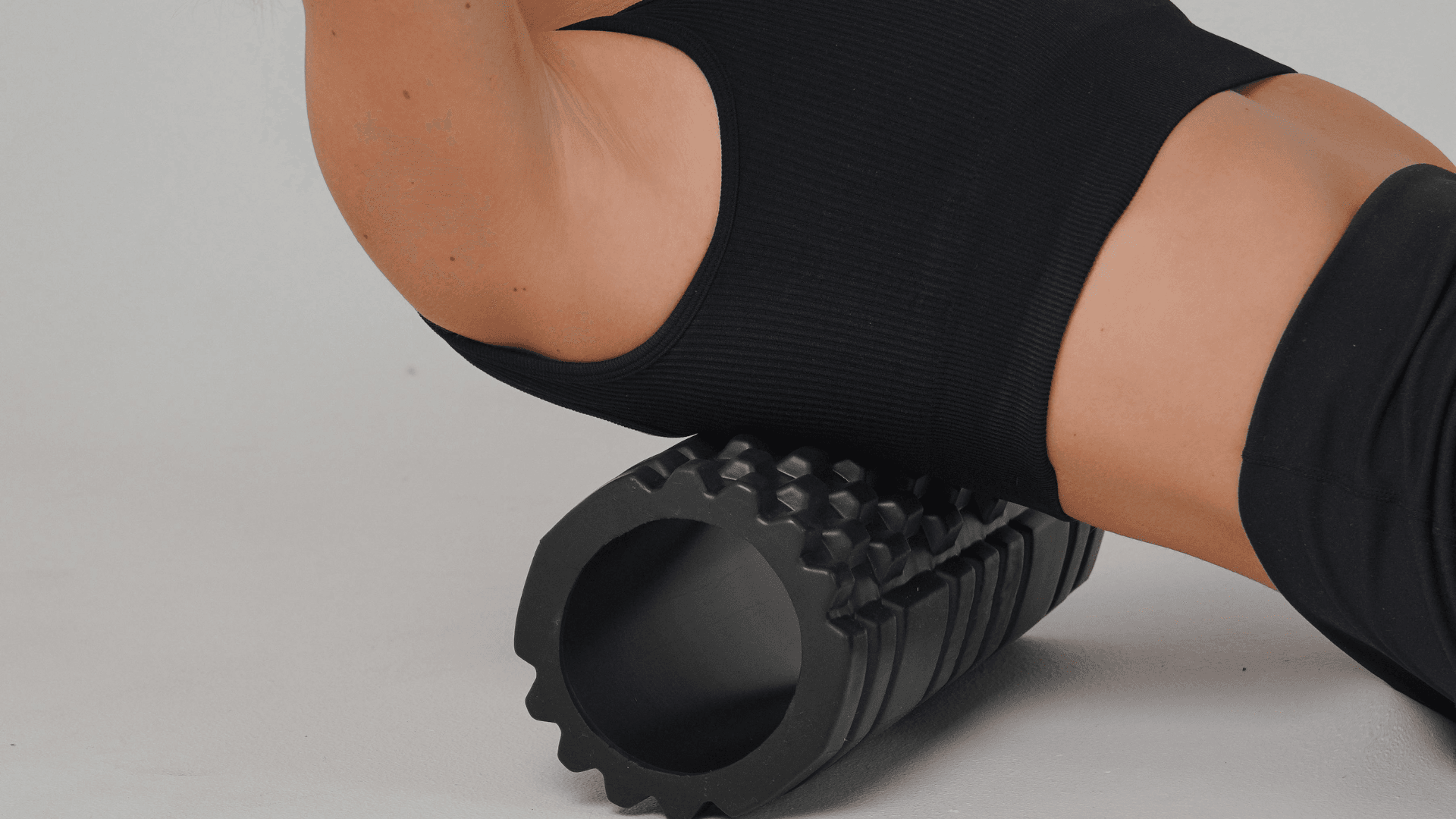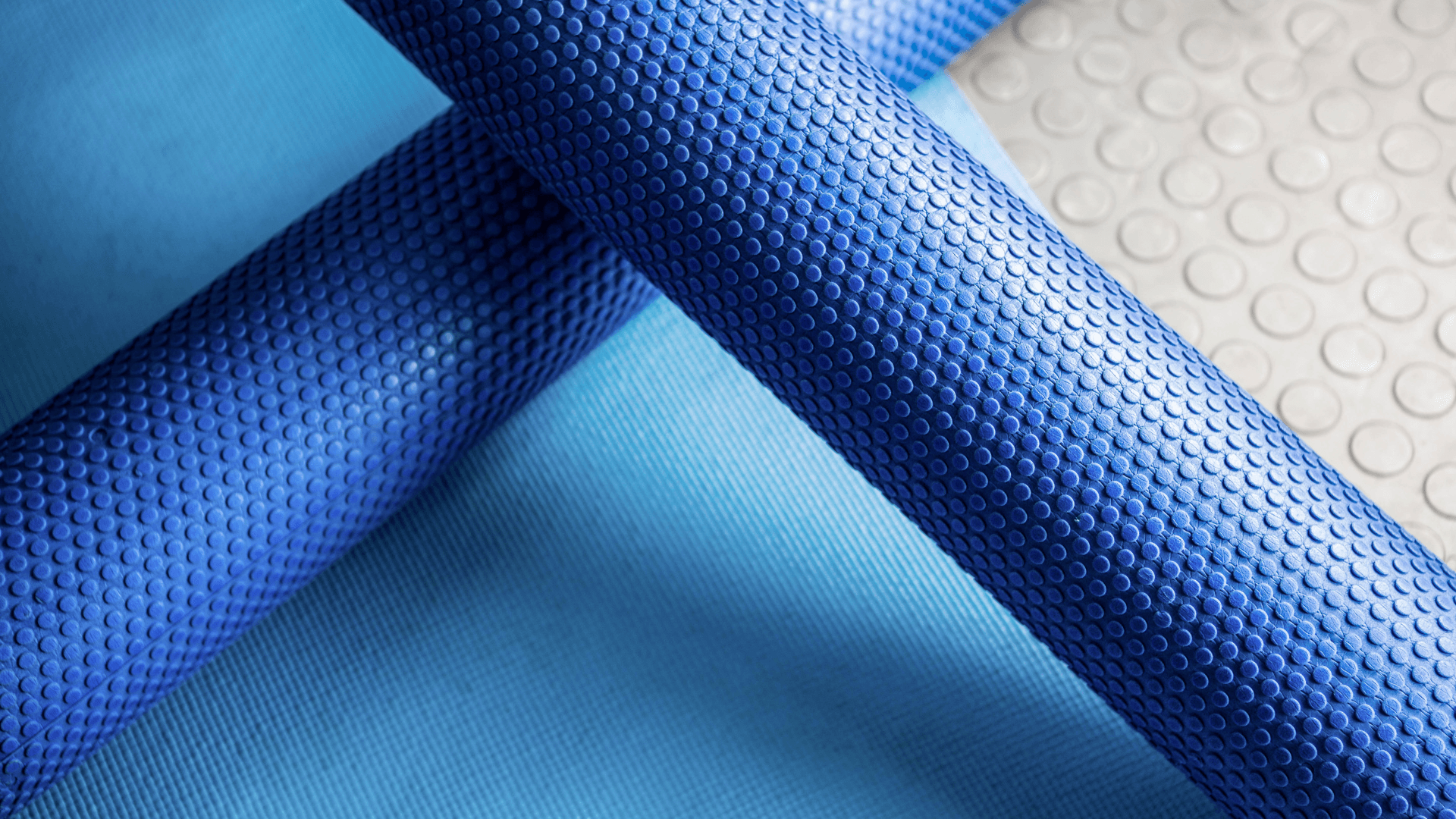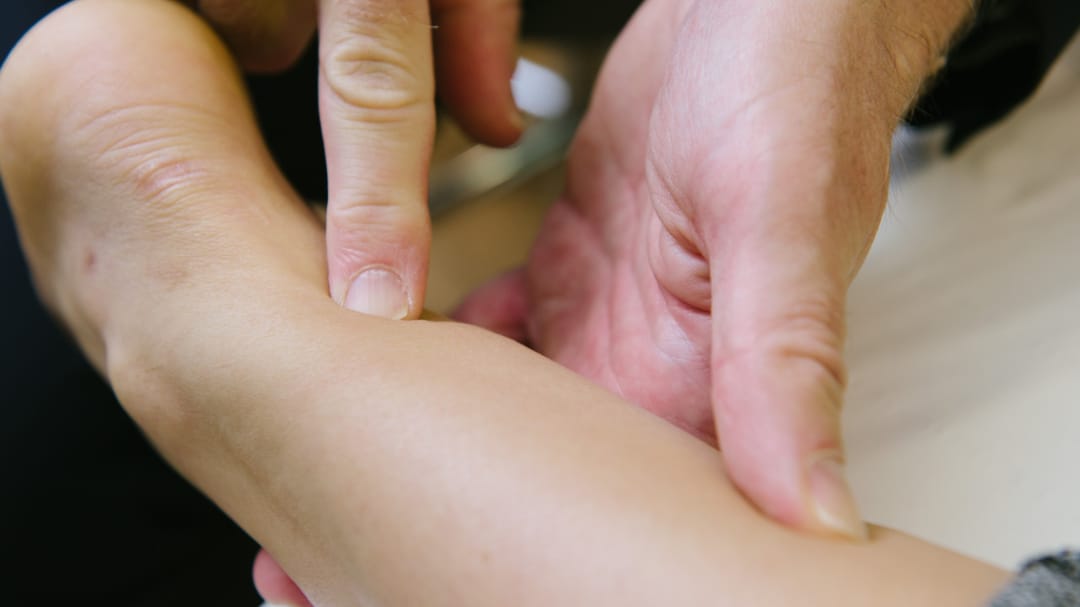Foam Rolling: Benefits & How It Enhances Your Recovery

Claire Small
Chief Clinical Officer & Consultant Physiotherapist
- 29 April, 2020
- Sport, Exercise & Musculoskeletal Medicine
- Exercise
- 3 min read
Foam Rolling: Benefits & How It Enhances Your Recovery

What is a foam roller?
A foam roller is a rigid roll of foam that can be used to perform self-massage (or myofascial release) and joint mobilisation techniques.
What are the benefits of using a foam roller?
1. Myofascial release
Fascia is a network of connective tissue that runs throughout our body from our head to our toes, connecting our muscles, bones, blood vessels and organs. In normal functioning muscle, the fascia and muscle fibres should glide over one another without any ‘snagging’. Daily stresses to our bodies from sedentary lifestyles, poor posture, pain and injury can cause adhesions to form within the fascia making them tight and causing painful ‘knots’ or ‘trigger points’. When this connective tissue is too tight, it affects how efficiently your muscles can work resulting in over-compensation of surrounding muscles and further pain.
A foam roller can help to release this fascia and improve mobility and flexibility. This can feel similar to having a deep tissue massage. Having tight muscles around your hips and spine can be a contributing factor to back pain and even sciatica so improving their mobility and flexibility may help to reduce pain.
2. Improving joint range of motion and mobility
Foam rollers can provide short term improvements in joint range of movement throughout the body, particularly the spine. This means it can be beneficial to use before exercise as a warmup, or after exercise as a cool down.
3. Reducing muscle soreness
After intense exercise or exercise your body is not used to, you might develop delayed onset muscle soreness (DOMS). Using a foam roller can help increase blood flow, reducing pain and improving recovery.
How do I use a foam roller?

Use your body weight to apply pressure on the foam roller. Use long strokes/movements to self-massage the targeted areas. You can change the pressure just by applying more or less of your body weight on the foam roller. If you are new to using a foam roller it can be painful! If you get to an area that is particularly tight and painful then apply less pressure until you can feel the muscles loosen and the pain reduces. Spend approximately 30 seconds to 1 minute on each area.
When should I foam roll?
A foam roller should be used in conjunction with other exercise. This means you can use it either before or after exercise, depending on the desired effects. If you feel stiff in the mornings, you may want to use it every morning to help reduce pain, stiffness and to help get you moving. If you have a sedentary desk-based job, you may want to use it for a couple of minutes, every few hours through the day to keep your spine mobile.
What type of foam roller should you get?
There are a variety of foam rollers available that vary in size, surface and density.
- Smooth rollers: these apply an even pressure throughout and are recommended when working along the spine.
- Textured rollers: these have ridges/knobs and are used to work deeper into the muscle and therefore can be slightly more painful.
- Density: this determines how much pressure you can apply. The harder or denser the foam roller, the more pressure you will be apply against it.
- Length: Most exercises can be performed on a short foam roller (around 18 inches). The longer foam rollers (around 36 inches) are very useful when working along the whole spine as you can position yourself vertically along it.
If you are new to using a foam roller, aim to get a long, smooth, medium density roller.


Advice
Over the last 20+ years our experts have helped more than 100,000 patients, but we don’t stop there. We also like to share our knowledge and insight to help people lead healthier lives, and here you will find our extensive library of advice on a variety of topics to help you do the same.
OUR ADVICE HUBS See all Advice Hubs

